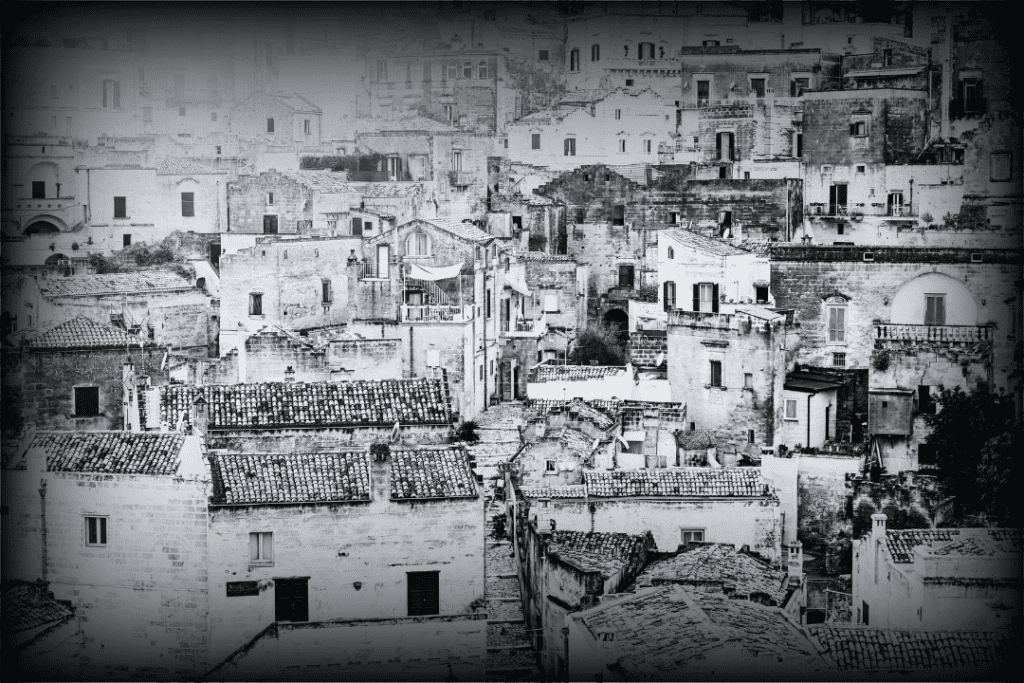The €1 house offer in Italy has attracted a lot of interest from outsiders over the past few years. There are different kinds of schemes that are being run throughout Italy. These houses are located in small and abandoned ghost towns.

Back in the late 1800’s and early 1900’s, most of the Italian residents left the country. In search of better jobs or opportunities, people from these towns moved to another city with better amenities or overseas. Some elderly people of Italy have found themselves with no one to leave their inherited properties to, so they hand over their properties to the local authorities instead.
As a result of the fall in population, those towns or remote villages have become ghosted. The primary reason behind this scheme is to repopulate those towns or villages by filling in those vacant abandoned houses with people from all parts of the world. While the natives are leaving their hometown, there are still a lot of people ready to leave their urban lives to live the Italian countryside lifestyle rich in culture by settling down in small villages.

Where can I buy houses for €1 in Italy?
The €1 house scheme is subject to specific areas, and there are no online platforms where one can buy, like a marketplace. The current way is to directly contact the local municipalities or councils of the specific villages/towns and obtain the details of available €1 houses to buy.
Areas running €1 house scheme in Italy:
- Emilia Romagna
- Abruzzo
- Campania
- Sicily (hotbed of this scheme)
- Tuscany

Now there’s a precept about this scheme that sounds too good to be true. So, what’s the catch?
Bureaucracy, so one has to pay €1 plus taxes to legally have “conditional ownership of the property.”. Municipalities demand a “guarantee fee” (ranging from 1000 to 12,000 euros). There are other additional charges as well, such as notary fees and registration charges. And one has to pay multiple taxes (people outside of the EU buy properties only as “non residents” have to pay higher taxes than locals), so putting them on sale at a cheap price is much more profitable and productive than keeping them vacant.
Renovation Homes sold for the symbolic price of €1 probably tend to require extensive structural improvements. You are not buying a shiny new villa. The condition of these houses is very poor. It probably has no water supply, no indoor plumbing, and is pretty far from any town. People are bound to renovate it in a more or less fixed time limit given (the average is 3 years maximum).
Economy Booster The whole plan is to convince people to renovate houses from local companies. New home owners bring economic activity. They hire local builders, architects, or shop at local stores, which stimulates the local economy. This will help rejuvenate a village or town, create jobs, boost their business, and repopulate these houses.There are no real strings attached; it is just a smart way to conserve the town.
Renovation of these houses costs between 30k and 80k, which may vary area-wise. Which is a questionable initiative to take. Often, they cost no less than buying houses practically in better structural condition or almost new houses that just need a refresh, which are around $50,000 in Italy.
Duration of stay You have to live in your new property for a given number of months and years (up to 180 days a year and for a minimum of 5 years). The government is pushing for this initiative not to have empty towns or villages with fancy houses and also can’t resell it.
So ultimately, the €1 house scheme in Italy is for those people who have savings beyond the initial euro and are seeking adventure and a new lifestyle, or a chance to own a piece of Italian heritage. While it needs a significant commitment to restoration to make it a dream home abroad, it also needs an understanding of local culture and regulations. But before taking the initiative of buying a €1 house in Italy, one should do his/her own research carefully. And the cost of renovation and travelling to and from the house will be on top of the initial euro.








0 Comments